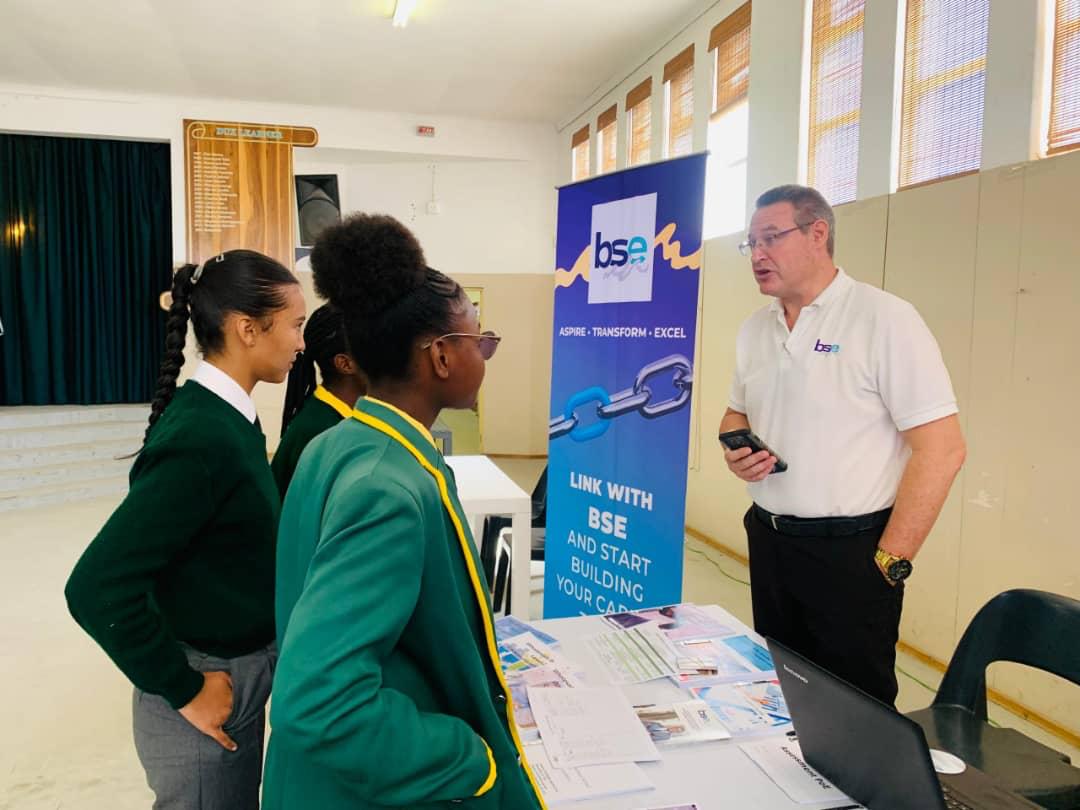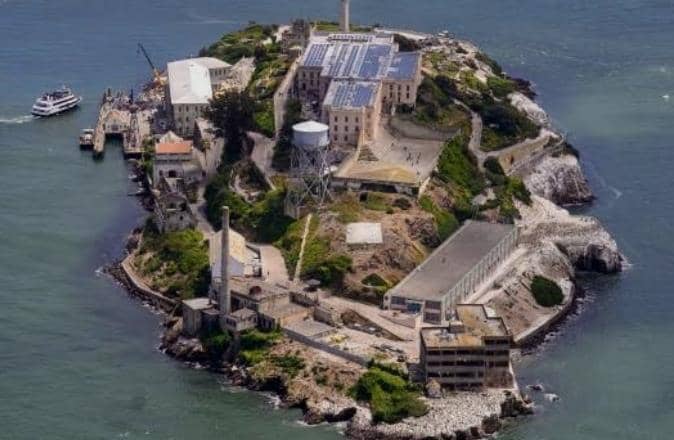CABINET has given Environment and Tourism Minister Willem Konjore the green light to sign the Memorandum of Understanding on the Kavango-Zambezi Transfrontier Conservation Area (KaZa) project.
This trans-boundary project involves Namibia, Angola, Botswana, Zambia and Zimbabwe. The decision was made at a Cabinet meeting held on April 11.In a statement released on Monday, Cabinet granted permission for the development of a tourism project in the north-eastern Namibia as part of the five-country initiative.The KaZa project, which will be the largest conservation area on the African continent, is the third trans-frontier conservation area established in Namibia.The first two were the /Ai-/Ais-Richtersveld Transfrontier Park between Namibia and South Africa and the Iona-Skeleton Coast Transfrontier Park between Namibia and Angola.It is expected that the signing of the agreement will lead to the mobilisation of assistance from development partners for this project.In 2003, Angola, Botswana, Namibia, Zambia and Zimbabwe expressed the desire to have a common project for developing tourism and conservation where common borders are shared.This was initially known as the Okavango Upper Zambezi Tourism Initiative (Ouzit), spearheaded by the countries’ ministries of environment and tourism.But after a number of meetings they decided to involve all stakeholders, from local communities to local and regional governments.This was to ensure that the affected citizens of the participating countries would take ownership of the project.The decision was made at a Cabinet meeting held on April 11.In a statement released on Monday, Cabinet granted permission for the development of a tourism project in the north-eastern Namibia as part of the five-country initiative.The KaZa project, which will be the largest conservation area on the African continent, is the third trans-frontier conservation area established in Namibia.The first two were the /Ai-/Ais-Richtersveld Transfrontier Park between Namibia and South Africa and the Iona-Skeleton Coast Transfrontier Park between Namibia and Angola.It is expected that the signing of the agreement will lead to the mobilisation of assistance from development partners for this project.In 2003, Angola, Botswana, Namibia, Zambia and Zimbabwe expressed the desire to have a common project for developing tourism and conservation where common borders are shared.This was initially known as the Okavango Upper Zambezi Tourism Initiative (Ouzit), spearheaded by the countries’ ministries of environment and tourism.But after a number of meetings they decided to involve all stakeholders, from local communities to local and regional governments.This was to ensure that the affected citizens of the participating countries would take ownership of the project.
Stay informed with The Namibian – your source for credible journalism. Get in-depth reporting and opinions for
only N$85 a month. Invest in journalism, invest in democracy –
Subscribe Now!










